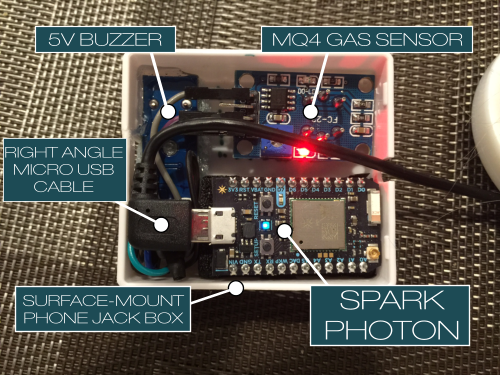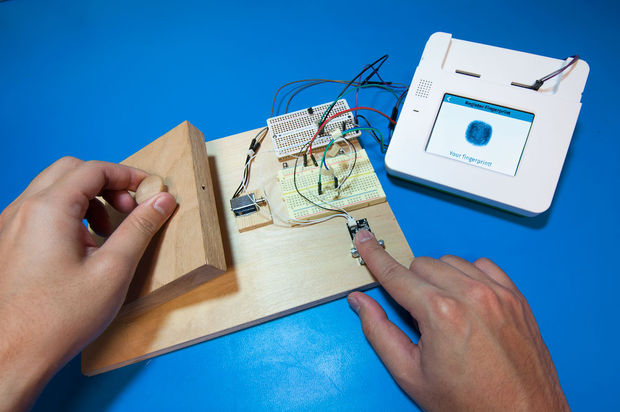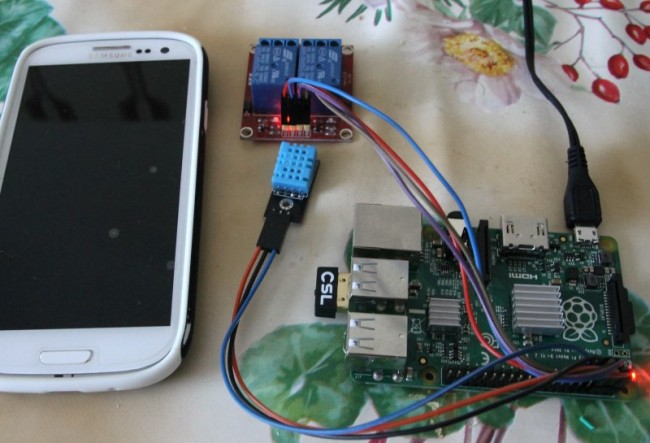Electrical accidents are rapidly increasing especially electric line repairs incident due to the lack of communication and coordination between the maintenance personnel and the electric substation staff. The password based circuit breaker device could just be the solution as only the lineman could reliably control the circuit breaker to avoid miscommunication. The system requires a password to turn ON/OFF the circuit breaker as needed. It is entirely controlled by 8051 family microcontroller specifically the SST89E54RDA-40-C-PIE, an 8-bit microcontroller that is a member of the Flash Flex family.
The circuit consists of 8051 series controller, 4×3 keypad, LCD, relays and two loads. LCD data pins are connected to port1 and control pins RS, RW, EN pins are connected to P3.7, P3.6 and P3.5 respectively. The keypad is connected to port 2 of the controller while the LCD is used to display the information. In addition, the lamp and motor are connected to P3.0 and P3.1 through the relays. These are used to indicate circuit breaker state. Moreover, BC547 transistors are used to drive the relays where 5V relays are used to drive the AC loads. While giving the connections, there should be no common connection between AC and DC supplies. Furthermore, a 5V power supply is used to provide regulated 5V DC to the controller.
This project distinctly provides security and convenience to electrical maintenance personnel. This may help avoid fatal accidents to line man, which can be used in establishments such as building offices, hotels, industries and houses. It is a simple project with commonly available components that helps save life.
Password Based Circuit Breaker – [Link]





















